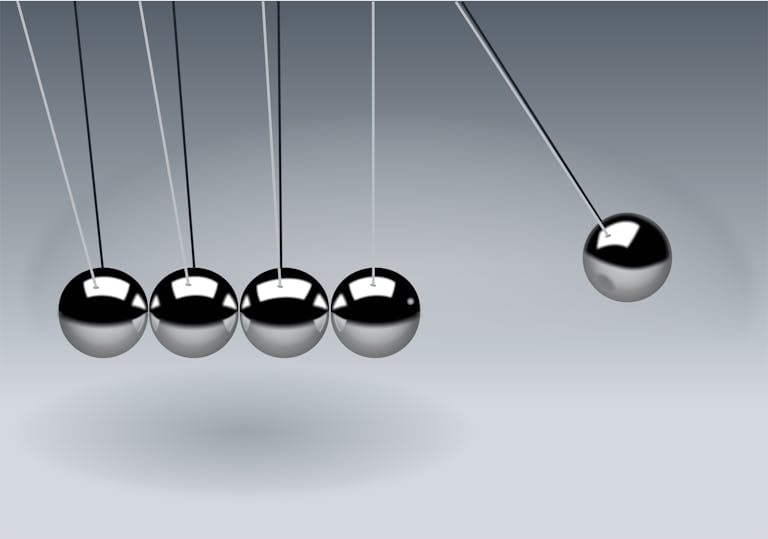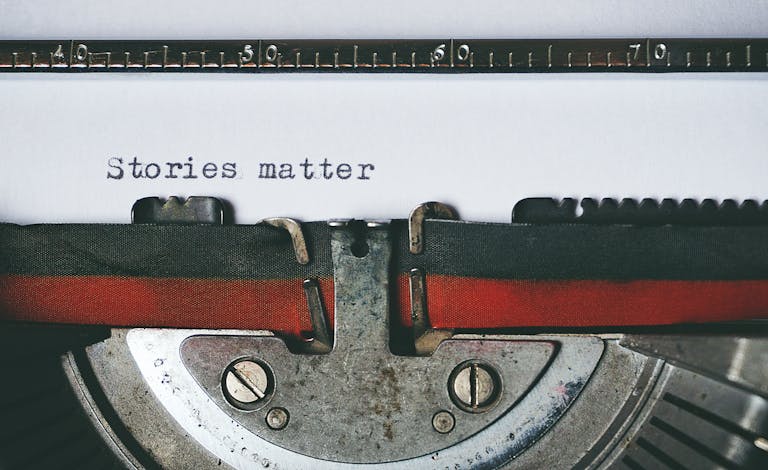From Spark to System: How to Turn a Loose Idea Into a Real Product

At Foundric, we don’t just brainstorm. We build. But building doesn’t start with funding, code, or pitch decks — it starts with a spark. A curiosity. An itch that something should exist.
Over time, we’ve developed a repeatable process for turning these early instincts into structured, scalable platforms — across media, software, and branded infrastructure. If you’re sitting on an idea but not sure what to do next, this is the system we use to go from zero to version one.
1. Treat the Idea Like a Question, Not a Pitch
The first step isn’t validating the idea — it’s interrogating it. We ask:
- What pain or pattern is this reacting to?
- Would we build this even if no one paid us?
- Is this solving something boring in a novel way — or something novel in a boring way?
Loose ideas are valuable not because they’re flashy, but because they’re persistent.
2. Simulate the System
Before we sketch a UI or build a prototype, we map the flow:
- Who are the users?
- What are the repeatable behaviors?
- Can this become a product, a habit, or a platform?
We create narratives and workflows before software. Sometimes we simulate the experience with a Google Doc, a spreadsheet, or even a fake landing page.
3. Test the Edges
Every strong product idea has clear edges:
- What does it not do?
- Where will it break?
- What happens if no one comes?
We try to break it early — so we’re not surprised later.
4. Build the Minimum System
This isn’t just an MVP. It’s the smallest version of the system that still works:
- Can it survive in the wild?
- Can it deliver its core value without handholding?
- Can we learn from real users?
Sometimes this means a no-code app. Sometimes it means a newsletter. Sometimes it’s a landing page with fake data.
5. Watch for Organic Pull
We don’t force traction. We watch for it. If the product begins to move — signups, shares, stickiness — that’s signal. If not, we don’t romanticize it.
The goal isn’t to prove we were right. It’s to find out what’s real.
Closing:
Ideas are everywhere. Systems are rare. At Foundric, we’ve learned that the best products aren’t the most polished — they’re the most intentional. They come from creators who think like builders. And they last because they started small, but sharp.






